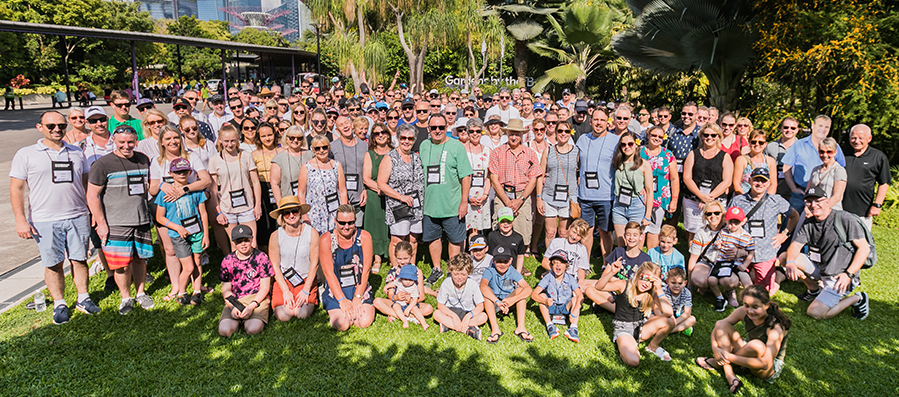Conveyancing Explained
Buying your first home and feeling a little confused about what conveyancing is? You’re not alone! This is a vital part of the purchasing process, but is often a service you pay for without really understanding it. We’ve got a simple breakdown of what conveyancing is, why you need to do it, and why it’s an important part of the home buying process.
What is Conveyancing?
This is the essential step of transferring the ownership of land or a property from one owner to another. Buyers can handle the conveyancing themselves, though it can be quite time consuming and complex. This is why most people choose to use a licenced conveyancer or solicitor to do the work for them. Conveyancing covers a number of things, such as the payment of the deposit, the balance of the purchase price and competing the correct forms to ensure the land or property is properly and legally transferred to the correct person. It also includes making enquiries about outstanding debts, obligations, potential defects or disputes on the property.

Buying or Selling?
Legally, a conveyancer cannot carry out any conveyancing work for the buyer until after the contract has been signed. Once you’ve committed to buying land or a property, the conveyancer can then commence their work, and advise you with comprehensive advice about the contract of sale, the Section 32 Vendor’s Statement, and what your rights and obligations are under the contract, as well as any special conditions or issues with the property. As a seller, a conveyancer or solicitor will prepare the legal documents for you, which includes the contract of sale and the Section 32 Vendor’s Statement.
The Conveyancing Process
Once you have signed a contract to purchase a home, the conveyancer or solicitor will commence their work. They will investigate whether a government body has an interest in the land or whether there are any proposed developments or notifications that could affect the property by gathering information and making enquiries about the land and title from relevant authorities to ensure there are no hidden defects, debts, or mortgages on the property. They will also ensure the property is in compliance with council and state regulations and law. They will then draw the relevant documents to ensure the property is transferred to the correct owner at the end of the process, which is the settlement date in the contract of sale. The conveyancer or solicitor will also represent you as the buyer or seller and liaise with the other party directly. This includes the exchange of transfer documents, ask any questions about the property, and communicate with the financial institution involved as well as attend the settlement on behalf of their client.

What Happens After Settlement?
Once settlement is over, the conveyancing process is typically finished. In some cases, the conveyancer or solicitor may attend to stamping and lodging of the transfer documents. This means they may assist in the preparation of the documents so that a new Certificate of Title is issued in the name of the land or property’s rightful owner.
Conveyancing is an essential step of transferring ownership of property when its being bought or sold. Because this is such a significant financial investment, using a professional to assist you with the process is invaluable during your home purchase or sale. When you build with Hotondo Homes, your local builder will be able to to assist you with your conveyancing needs during the building process. For more building tips and information, visit the Hotondo Homes website today.
Hotondo Homes is not a licenced conveyancing service, and we recommend speaking to a licenced professional when you’re buying or selling land or property.




